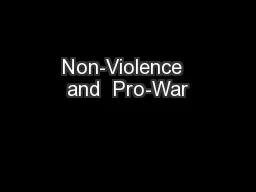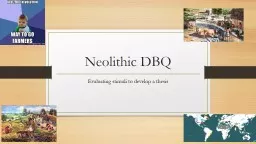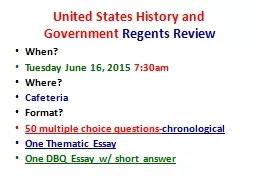PPT-2014 AP US HISTORY POSSIBLE ESSAY/DBQ TOPICS
Author : ellena-manuel | Published Date : 2019-06-27
PreCivil War Race RelationsSlaveryRacism PART I Early incidents Jamestown Sugar Islands Triangular Trade Middle Passage Bacons Rebellion Southern justificationsapologists
Presentation Embed Code
Download Presentation
Download Presentation The PPT/PDF document "2014 AP US HISTORY POSSIBLE ESSAY/DBQ T..." is the property of its rightful owner. Permission is granted to download and print the materials on this website for personal, non-commercial use only, and to display it on your personal computer provided you do not modify the materials and that you retain all copyright notices contained in the materials. By downloading content from our website, you accept the terms of this agreement.
2014 AP US HISTORY POSSIBLE ESSAY/DBQ TOPICS: Transcript
Download Rules Of Document
"2014 AP US HISTORY POSSIBLE ESSAY/DBQ TOPICS"The content belongs to its owner. You may download and print it for personal use, without modification, and keep all copyright notices. By downloading, you agree to these terms.
Related Documents














